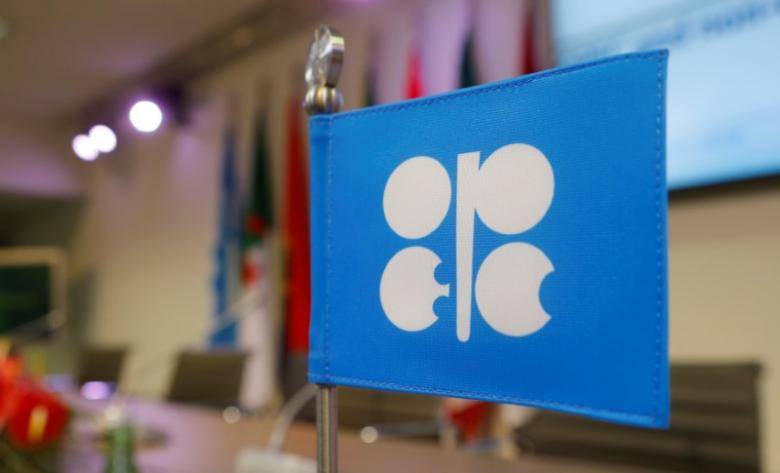London (Reuters): OPEC states cut oil output in March by more than they pledged under supply curbs, according to figures the exporter group uses to monitor its supply, extending a record of higher-than-expected adherence to its first production cut in eight years.
The Organization of the Petroleum Exporting Countries agreed to cut output by about 1.2 million barrels per day (bpd) for six months from Jan. 1 to prop up prices and reduce a glut. Russia and 10 other non-OPEC states agreed to cut half as much.
Production from the 11 OPEC members with output targets under the deal has averaged 29.757 million bpd, according to average assessments of secondary sources OPEC uses to monitor its output.
OPEC pledged to reduce output by the 11 countries to 29.804 million bpd. This means production has fallen by more than OPEC said it would and amounts to 104 percent adherence to the supply cut regime, according to an OPEC calculation.
"OPEC's compliance has been more than anticipated," an OPEC delegate said. "For non-OPEC, it is satisfactory and getting better." The supply cut is supporting oil prices which are trading around $56 a barrel, up from $42 a year ago. But crude is still half the level it was at in mid-2014, with high inventories and rising U.S. production limiting gains.
Including Nigeria and Libya, the two members exempt from the deal to cut supply, output by all 13 OPEC members in March fell to 31.939 million bpd, two sources said. That would be down 19,000 bpd from OPEC's published February figure.
OPEC is scheduled to publish the assessment of March output based on secondary sources in its monthly oil market report on Wednesday. The figures could be revised before publication as more secondary-source estimates are added, OPEC sources said.
The 11 non-OPEC producers that joined the deal have not cut as much production, partly because of phased implementation of the agreement by Russia, the largest non-OPEC producer that is cooperating with the organization.
But compliance by OPEC and non-OPEC together is expected to rise in March from February's level of 94 percent, Kuwaiti Oil Minister Essam al-Marzouq said.


